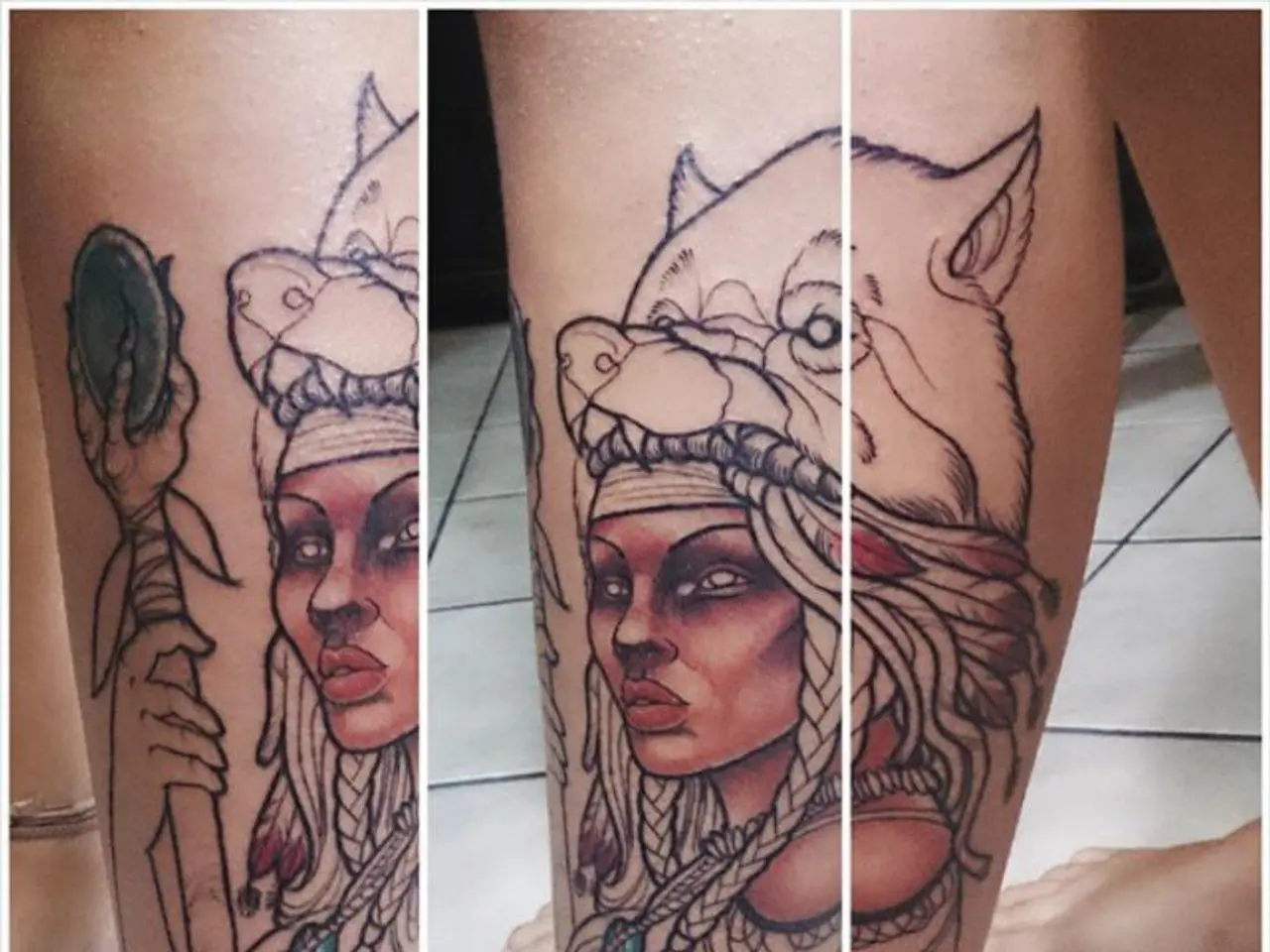New Insights: Muscles and Blood Vessels in Lower Leg Interplay
Scientists have uncovered new details about the intricate connections between the gastrocnemius muscles and blood vessels in the lower leg. Dr. Sabine Böhm, a prominent researcher, has been studying the relationships between the circumflex fibular artery, the soleus muscle, and the peroneal muscles. Her findings have shed light on the complex interplay between these structures.
The soleus muscle, a broad, flat muscle in the calf, plays a crucial role in foot flexion. It originates in the calf and attaches to tendons to form part of the Achilles tendon. The tibial artery, one of two branches from the popliteal artery, supplies blood to this region. Notably, the circumflex fibular artery enters the fibular head of the soleus muscle, winding around the neck of the fibula. This artery, typically found at the upper end of the rear tibial artery, supplies blood to the peroneal muscles, which assist in multi-directional foot flexion.
Dr. Böhm's research has been instrumental in understanding these relationships. Her work has revealed how the circumflex fibular artery's blood supply supports the function of the peroneal muscles, which in turn aids the soleus muscle in its role of foot flexion. The fibula, the smaller of the two bones below the knee and the slenderest bone in proportion to its length, serves as a key anchor point for these muscles and blood vessels.
Dr. Sabine Böhm's research has deepened our understanding of the intricate connections between the circumflex fibular artery, the soleus muscle, and the peroneal muscles in the lower leg. Her findings highlight the complex yet harmonious relationship between these structures, crucial for proper foot function and overall lower leg health.




